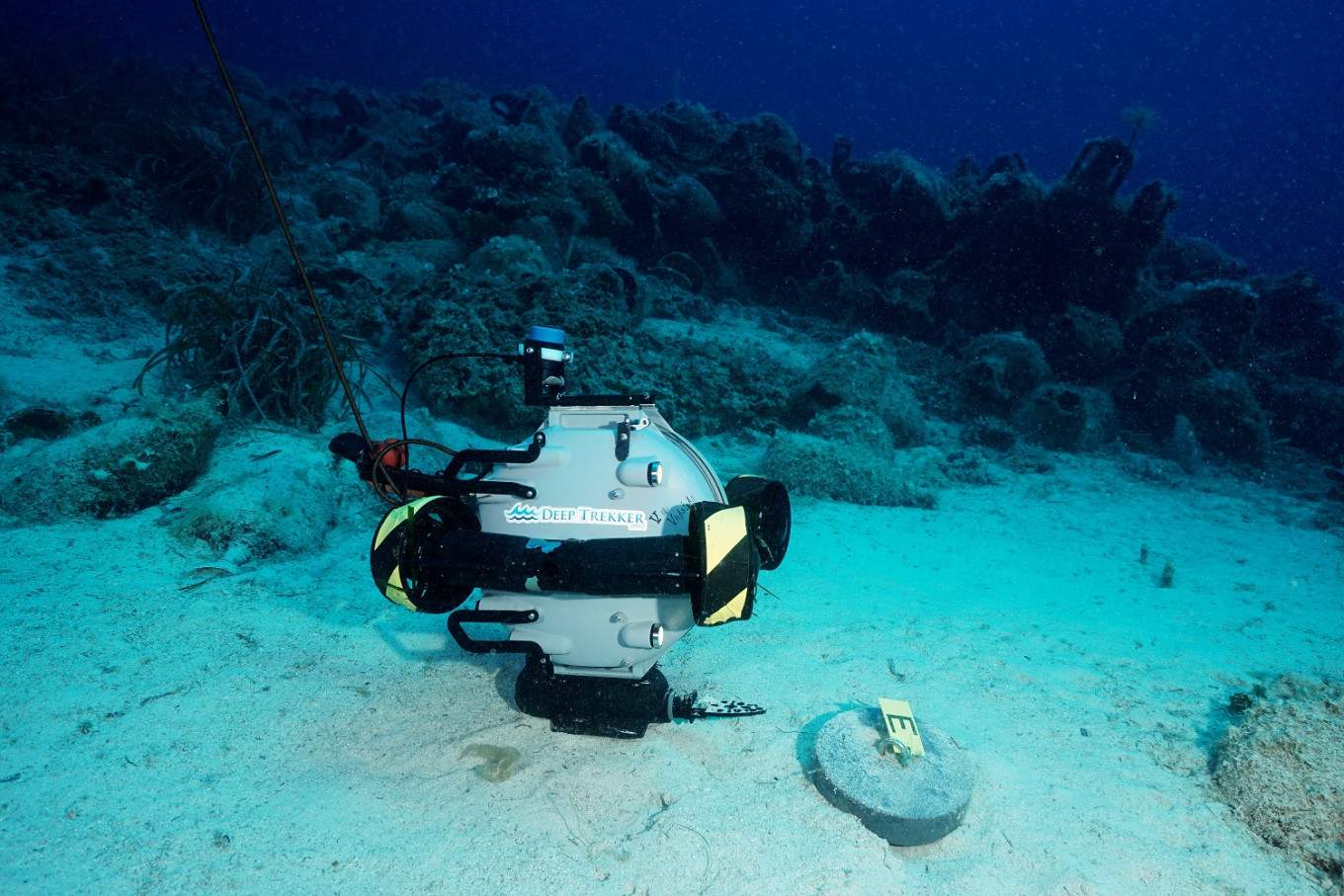Popular Reads
Top Results
Can't find what you're looking for?
View all search resultsPopular Reads
Top Results
Can't find what you're looking for?
View all search resultsAncient 'Acropolis of the sea' opens to divers, guarded by high tech
Change text size
Gift Premium Articles
to Anyone
H
idden and protected for millennia, an ancient shipwreck in Greece opens to the public for the first time on Aug. 3, fusing archaeological wonders in the depths of the sea with the marvels of modern-day artificial intelligence.
Access to underwater sites is typically restricted in Greece to preserve their integrity. But authorities have been able to allow recreational diving at the shipwreck at Peristera, thanks to computer surveillance technology.
Underwater cameras monitor the site, and use image recognition software to alert administrators instantly if the wreck is in danger of being disturbed.
The site is located off a tiny outcrop off the Aegean island of Alonnisos, where a wooden vessel sank in the late 5th century B.C., taking with it thousands of amphorae, pointy-bottomed clay jugs used for commerce across the ancient Mediterranean.
"We were lucky to start with one of the most beautiful ancient wrecks in the world. They call it the Acropolis of sea wrecks," said George Papalambrou, an assistant professor of power propulsion at the National Technical University of Athens.
Papalambrou, who works at the University's School of Naval Architecture and Marine Engineering, says the custom-made monitoring system -- with solar power, recognition software and luminosity-triggered lens wipers to unclog debris -- could be a template deployed to other underwater sites.
Read also: Acropolis in Athens reopens after virus shutdown
"The idea is to try to resemble how the human optical system, our eyes, are able to determine an object which passes in front of us," he said.
Dimitris Kourkoumelis, an underwater archaeologist at Greece's Ephorate of Underwater Antiquities, says the pilot project could make more sites accessible.
"It is the first time, and not only not just in Greece but on a pan-European level, that such a site, such a shipwreck so large with so many objects, is opening to the public and divers," Kourkoumelis said.
Archaeologists say the wreck gives insight into commerce in the period known as the Golden Age of Athens. The 3,000-3,500 amphorae on board may have been transporting wine.
"I have dived at many sites. It was the first time I felt so emotional," Kourkoumelis said. "Truly, its difficult to explain ... it is something really impressive."











